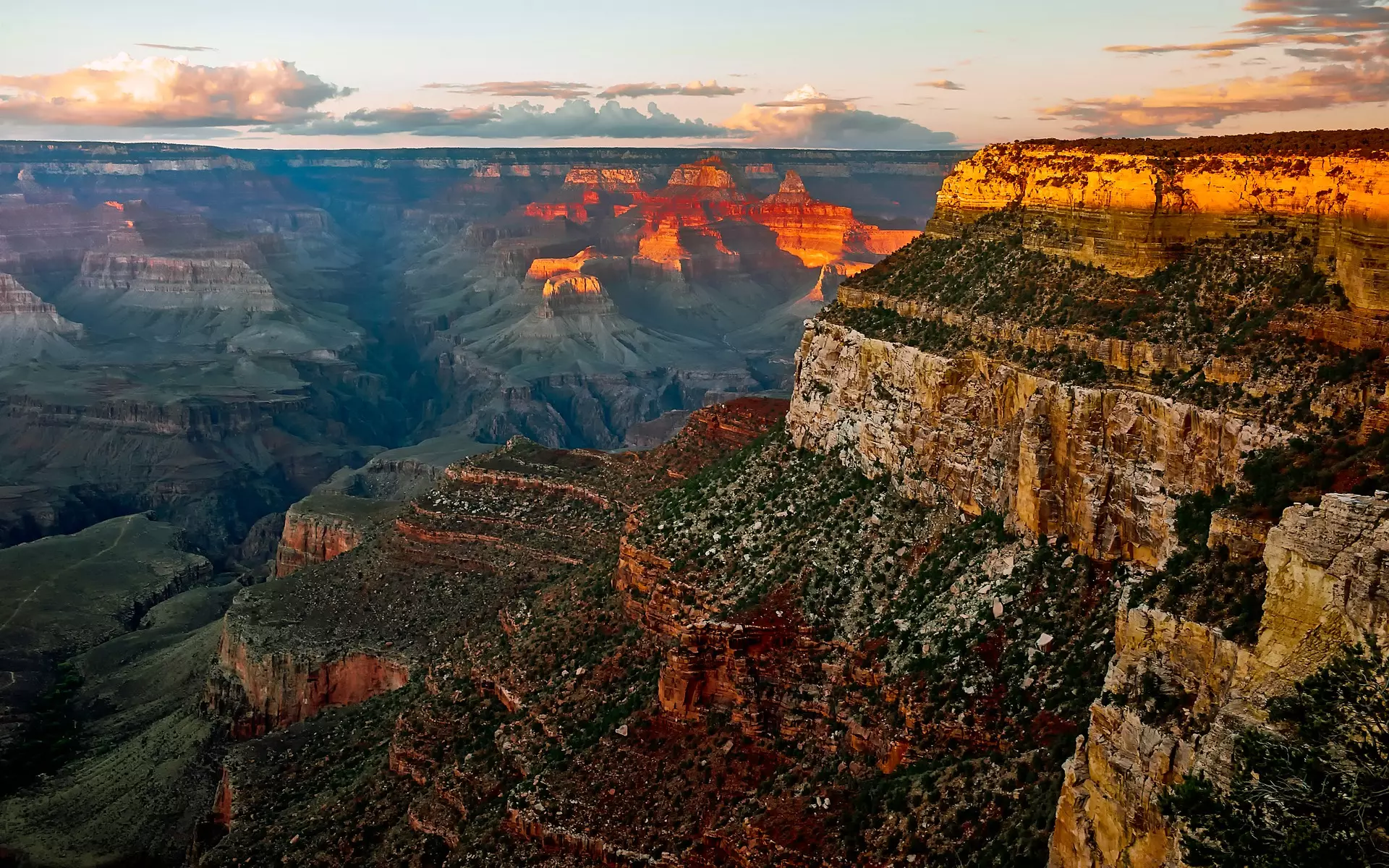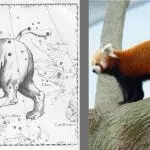There are two main ways to view sedimentary rock layers.
- Either they are the accumulation of sediments slowly and gradually, as we see today in ocean floors and river beds,
- or they are laid down catastrophically, as flood deposits. If they are laid down catastrophically, the rate of accumulation is obviously much faster.
Thus, in term of producing sheer volume of sediment, catastrophe can produce similar effects to a lot of time. What we see in either case is largely the same, but it’s a question of whether the sediment was laid down slowly or rapidly. To figure out which of these explanations best fits the evidence, we have to dig into some details that may allow us to distinguish between these explanations.
Old Earth Evidence
One of the details that fits an old Earth model and slow deposition better is radiometric dating. We can’t test sedimentary layers directly with radiometric dating, but we can test igneous rocks that have intruded into or layered on top or in between sedimentary rock layers and we can sometimes test fossils in the sedimentary rock layers. These types of tests usually produce ages far older than the young Earth model posits.
Young Earth Evidence
However, there are a number of details that fit a rapid, catastrophic explanation better and thus support a young Earth.
- Soft tissue in fossils, such as dinosaur remains
- Carbon-14 in dinosaur bones, coal, and diamonds, which should be undetectable within 100,000 years (We have yet to find any carbon source on Earth that does not have measurable amounts of C-14.)
- Organisms buried in positions of asphyxiation, indicating burial while they were still alive
- Organisms buried while engaging in various activities such as eating or giving birth, indicating they were buried alive and thus very rapidly
- Fossils of very soft bodied organisms like jellyfish which disintegrate in a matter of hours when exposed, but are preserved in the fossil record in perfect detail
- Ephemeral markings such as raindrop impressions, ripple marks, and animal tracks which had to be buried rapidly, in a matter of hours or days, to be preserved
- General lack of erosion, soils, and other topographical features between layers to indicate exposure for a long period of time
- Polystrate fossils extending through multiple layers
- Large fossil graveyards of mostly disarticulated animals of many types indicate areas of turbulence in a flood
- Evidence of crustal plates subducted into the mantle that have not yet reached thermal equilibrium (fits with rapid subduction)
- Folding of multiple layers together without fracturing, indicating the layers were soft at the same time
- Huge lateral extent of the sedimentary layers, covering thousands of square miles and crossing continents
- The very weird trend of finding the tracks of an organism in lower layers than we find their remains
- General progression of fossils from sea floor to coast to inland indicates successive burial of ecosystems in a flood, not necessarily epochs of history
I could go on, but you get the idea. A global catastrophe fits the evidence better in these instances.
The main evidence for slow processes and an old earth is radiometric dating. Superposition (sequence of strata) and the volume of sediments can fit either explanation. Many evidences indicate rapid, catastrophic events. So how do we reconcile these apparent contradictions? We can’t just dismiss data. We have to explain it within a coherent model.
Accelerated Radioactive Decay
The evidence collected by the RATE Project indicates both that large amounts of radioactive decay have occurred, on the order of millions or billions of years, and yet that it did not take millions or billions of years to occur. We have other clocks within those same rocks (and sometimes within the very same crystal grains in those rocks) that indicate a much shorter time frame. Helium in zircons, for example, fits very well with an earth that is only a few thousand years old but is off by a factor of 100,000 from what would be expected under the old earth view. The best explanation we can come up with to reconcile all of the data is a period of accelerated radioactive decay at some point in the past.
So in the final analysis, I don’t know how to reconcile all of the evidence in an old Earth timeline, but I can reconcile all of it in a young Earth timeline. That’s why I’m a young Earth creationist.





